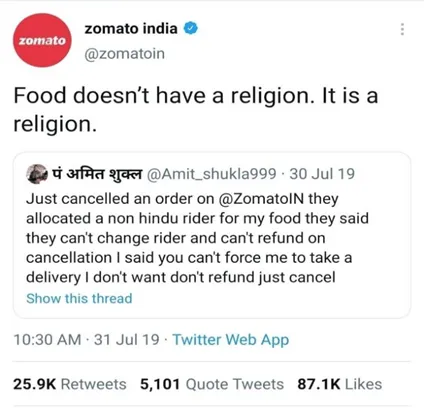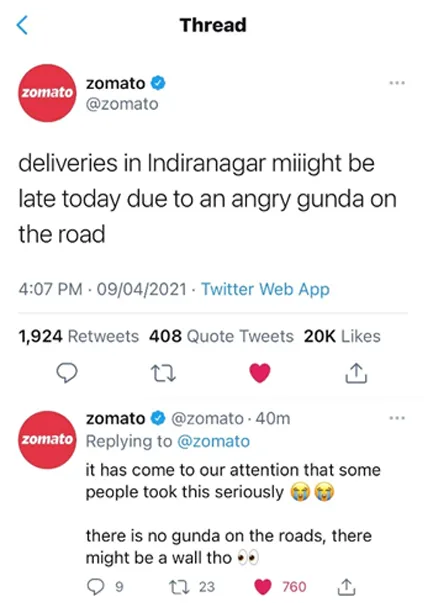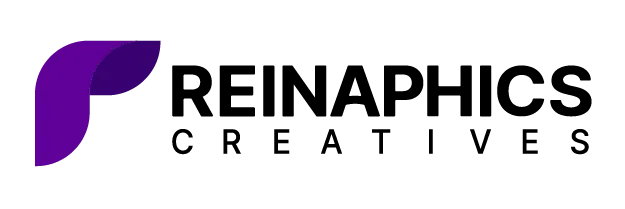In the present age of information overload and diminishing attention spans, marketing has undergone a dramatic transformation. The rise of reality television, particularly shows like Bigg Boss, has inadvertently provided a masterclass in capturing and maintaining audience attention.
Let’s call this phenomenon the “Bigg Boss Effect” in marketing, shall we? If you are new to the world of reality TV, know that Bigg Boss is a game show involving several contestants who live in a Bigg Boss House. They take part in various tasks and contests apart from living together as a family, cooking and cleaning their space.
The idea of the game is to show the audience how good you are as a person in terms of camaraderie, decision making, and game spirit. With their votes, contestants either get saved every week or eliminated one by one. To be seen amidst 20 other people, each participant tends to create a sense of drama and turns the cameras on themselves.
With this context, just as contestants in reality shows vie for screen time, relevance, and audience sympathy, brands are now adopting similar strategies to break through the digital noise. They use moment marketing to stand out from the crowd.
Furthermore, they ensure they are present on every platform imaginable and use all the latest features as and when they are released. Any trend or event you see making its rounds, you can be sure the brand will be a part of it. All this sounds good as the team is agile and the brand is always on the forefront of people’s minds. But is being the loudest always the most effective approach?
Inside this article,
What is the “Loudest Voice” phenomenon?
The “loudest voice” strategy isn’t about volume in the literal sense, but about creating persistent, unavoidable presence. In the Bigg Boss universe (also called the House where the contestants stay), participants who generate maximum drama, controversy, and emotional reactions tend to remain in the spotlight.
Similarly, modern brands are learning that visibility is no longer about subtle, measured communication. To be heard and seen, it is now all about creating moments that demand immediate attention. This tangible shift is rooted in our rapidly evolving media consumption patterns.
With social media algorithms favoring engagement over subtlety, brands are compelled to create content that stops the endless scroll. The key is not just to be seen, but to be unmissable. You are not just looking for brands that entertain or inform you. You are looking for brands that make you so intrigued that you want to constantly keep being entertained and informed by them.
The changing world of brand communication
Traditional marketing was about crafting perfect, polished messages. Today, it’s about real-time, raw, and often unfiltered communication. Brands are no longer distant entities but active participants in cultural conversations. They’re expected to have opinions, take stands, and engage dynamically – much like Bigg Boss contestants who must constantly adapt and react.
The parallels are striking:
- Constant visibility is crucial for survival.
- Emotional resonance trumps rational messaging.
- Authenticity (or the perception of it) is paramount.
- Controversies can be strategic communication tools.
Case study
Zomato, the food delivery platform, has become synonymous with bold, unconventional marketing. The brand elevated its already notorious social media approach to new heights in 2024.
- Controversial humor: Zomato leveraged its social media channels to create content that was equal parts humorous, provocative, and culturally relevant. Their posts often blurred the line between brand communication and stand-up comedy.
- Real-time engagement: The brand became infamous for its quick-witted responses to trending topics, customer interactions, and even competitor communications. Each response was crafted to maximize shareability and engagement.
- Meme-driven marketing: By creating and participating in meme culture, Zomato transformed traditional marketing communication into a conversation that felt personal and immediate.


Measurable impact
- Notable increase in social media engagement.
- Significant growth in brand recall among millennials and Gen Z.
- Viral marketing campaigns that cost a fraction of traditional advertising.
Also read: Design for different audiences: Mastering graphics across platforms
How can brands amplify their voices?
To ensure brands are heard above the noise, they often follow their own variation of an amplification strategy. This could look something like:
Multi-platform presence
Modern brands don’t just exist on one platform; they’re omnipresent. From Instagram reels to Twitter threads, TikTok videos to LinkedIn thought leadership, successful brands create a 360-degree communication ecosystem. This multi-platform strategy ensures that even if an audience misses one touchpoint, they’ll encounter the brand through another.
Moment marketing mechanics
Moment marketing has become the cornerstone of the Bigg Boss-inspired communication strategy. Brands no longer wait for planned campaigns but capitalize on real-time events, trending topics, and cultural moments. Whether it’s a meme, a global event, or a viral challenge, quick and clever responses can generate massive engagement.
Speed vs. substance
The critical challenge is maintaining a balance between rapid response and meaningful communication. While the Bigg Boss Effect emphasizes being quick and loud, truly successful brands understand that substance cannot be sacrificed. You need to have quality content that isn’t compromised at the altar of speed.
Also read: Creating an omnichannel marketing strategy for seamless brand experiences
Psychological perspectives
In the attention economy, brands are competing not just against other brands, but against infinite digital distractions. The Bigg Boss-style approach recognizes that capturing initial attention is more valuable than crafting perfect, but forgettable, messages.
As a modern brand, you need to acknowledge that not all visibility is good visibility. The risk with the loud strategy is creating mere noise without genuine connection. Successful brands walk a tightrope. They are caught between being prominent without being perceived as desperate or inauthentic.
While the Bigg Boss Effect guarantees brand recall, it doesn’t automatically translate to respect. Long-term brand loyalty requires depth, consistency, and genuine value proposition that stands strong in the long run.
Ethical and strategic considerations
Some ethical concerns you should keep in mind include:
Authenticity in brand messaging
The greatest risk of the Bigg Boss Effect is losing authenticity. Just like how contestants lose their respect when they act fake or inauthentic, brands need to be real and put out their original views. Brands must ensure that their loud communication genuinely reflects their core values and isn’t just performative.
Long-term brand reputation
Short-term visibility should not compromise long-term reputation. Each communication must be strategic, aligned with brand identity, and meaningful.
Balancing visibility with value proposition
The ultimate marketing challenge is creating visibility that enhances, rather than obscures, the brand’s fundamental value proposition.
Conclusion: Finding the right communication volume
The Bigg Boss Effect in marketing is not about being the loudest, but about being the most strategically visible. It’s a nuanced balance of:
- Rapid responsiveness
- Emotional intelligence
- Platform diversity
- Authentic storytelling
The future of brand communication lies in hyper-personalized, contextually relevant messaging that feels less like a broadcast and more like a conversation. As technology evolves and consumer expectations shift, brands will need to become even more adaptive, empathetic, and genuine in their communication strategies.




